Growth Loops - The Key to Exponential Growth
Turn every user into your next growth engine — with a little help from AI
Dear GTM Strategist,
No wonder that Growth Loops are one of the most beloved sections of my book and workshops. The pitch of “users getting you other users for free #viral” sounds like an irresistible offer.
It is also well-known that epic hyperpowers such as Miro, Calendly, Figma, and OpenAI have baked growth loops into the core growth features of their products.
BUT - this success is harder to replicate than one would expect.
It does sound simple in theory:
Growth loop = a user does something to attract other users to the product
But growth loops that really become a sustainable growth lever for companies are carefully engineered and baked into the product. To give you solid fundamentals in how you should be thinking and designing growth loops as growth features, this article will systematically walk you through:
What are the growth loops
Difference between growth loops and funnels
5 types of growth loops
How to supercharge growth loops with AI
How you can start implementing growth loops in your business.
So let them spin, people! 🔁
Growth Loops: Secret Engine That Makes Products Scale Themselves
“Compound interest is humankind’s greatest invention - and growth loops are the best example of this.”
Most growth initiatives drive linear results - or no results at all. To break out into exponential scaling, you need growth loops: systems where your existing users become the engine for new user acquisition (and often activation and retention). Bring one user in, and they bring more users to your product for free - or at very low customer acquisition cost (CAC). That’s why Ognjen Bošković calls them “legal Ponzi schemes.”
Instead of a linear path: “Prospect → Sign-up → Butts in seats 🤠” growth loops feed back into themselves: one user action creates an output that brings in new users.
And that is not some kind of revolutionary idea, they have been kicking in since forever. In my village of 2000 people, there are 5 hairdressers. How did I select my go-to stylist? My neighbour had a sleek hairdo and I asked her who did it. She referred me to her stylist. Classic WOM (word of mouth) loop.
What is novel and great about the idea is that we, product makers, can initiate and influence this process by engineering growth loops into our products.
According to Reforge, a true Growth Loop is a closed system where every action a user takes drives new user acquisition, activation, or retention - creating compounding growth over time without constant input from paid or manual channels.
It becomes a self-reinforcing cycle. Each iteration builds momentum, turning modest traction into a hockey-stick trajectory.
Mapping every stage - identifying the trigger, the actor, and the motivating value - gets you compounding acquisition. When loops are firing, you’re no longer selling to individuals. You’re building a system that “sells itself”.
Long story short, here is why we 💜 Growth Loops:
They give you leverage
Key to exponential growth
Near-zero CAC (Customer Acquisition Cost)
Account expansion + impact on activation & retention
The holy grail of Product-Led Growth
Funnels Light the Spark - Loops Ignite the Explosion
Back in 2010, when I started my career as a growth marketer, our go-to framework was The Pirate Metrics - AARRR (Acquisition, Activation, Retention, Referral, Revenue) by Dave McClure.
This model sparked a mini-revolution back in 2010s. If you are feeling nostalgic, here is the OG: https://www.slideshare.net/slideshow/startup-metrics-for-pirates-long-version/89026
Funnels gave us a clear path, something that we can work with: fill the top with ads, optimize activation flows and retention and earn those conversions and referrals. BUT, practical problems that emerged with this linear kind of thinking resulted in silos, deterministic thinking of “one-off customer journey”, and grossly underestimating diminishing returns as we and our competitors were pouring in ka-ching into our funnels to outbid each other.
But it’s not a question of “funnels versus loops” - it should be “funnels and loops.”
Funnels still light the spark. Paid ads, manual outreach, or whatever it takes to hit critical mass. But once shares and invites start pouring in, build the loop and let it spin. Loops break down silos, slash CAC to near zero, and create a more sustainable path to growth than relying on funnels alone.
Product leader Aakash Gupta highlights 7 key differences between growth funnels and loops that will help us bring this point home:
I do not entirely agree about long-term - I think that funnels and growth will happily coexist for many more years before AI agents transact with each other through MCPs and we’ll no longer need user interfaces 🤖 - hehe.
By now, you must be hungry for some examples of growth loops - so let me serve. 🥧
5 Types of Growth Loops: How to Turn Users into Your Best Marketers
Whenever I start explaining growth loops to someone (keynotes, workshops, mentorship sessions, my book), this is the hero visual that really helps them “get it”. Below are the 5 core growth‐loop archetypes I detail in my GTM Strategist book. Each one shows how you can turn customer actions into self‐reinforcing acquisition channels:
Since you probably have hands-on experience with all of these products, these examples really resonate. 5 types of growth loops defined with examples:
Viral Growth Loop: Emotionally resonant, shareable content sparks massive reach. Spotify’s “Wrapped” drives a tidal wave of social posts at the end of the year. Other examples: Duolingo, TikTok, Instagram.
Usage-Based Growth Loop: Core functionality naturally gets shared. Loom videos auto-play for viewers, who then sign up to record. Other examples: Calendly, Zoom, Docusign.
Referral Growth Loop: Happy users invite friends in exchange for perks. Dropbox rewarded free storage every time you referred someone. Other examples: Uber, Airbnb, PayPal.
Collaboration Growth Loop: Shared workspaces require new users to join. Figma files require sign-ups to comment or edit. Other examples: Miro, Google Docs, Notion.
User-Generated Content (UGC) Growth Loop: User contributions fuel discovery and sign-ups. Quora’s Q&A threads get indexed, pulling in readers who then ask their own questions. Other examples: Medium, Reddit, Stack Overflow.
Big question: Which type of Growth Loop can you leverage?
Pro tip: Lean on the existing customer journey. Where would users have the most motivation to invite others? Search for buckets of success in your existing customer data and plan experiments for those growth features before you go all-in on a project to build a growth loop. Just copying your competitor or company you admire will rarely work.
Unlock Hypergrowth: Infuse Your Loops with AI
And then came mainstream AI, which was called machine learning in the past, and companies have been using it for decades to provide us with better customer experiences. Now it is widely available to companies that lack the capacity or simply don’t have a need to build and train their own AI models.
Since 90% of my clients are developing AI products - I had to think about what we can do for our beloved AI creations - how can we fuel AI for AI :) (so meta!)
This is my best bet so far:
A quick recap:
Viral Growth Loop: Leverage share-worthy, emotion-driven AI outputs to spark mass interest. Sora by ChatGPT lets users generate stunning visuals and post them everywhere - each view drives new sign-ups. Other examples: Midjourney, Stable Diffusion.
Usage-Based Growth Loop: GitHub Copilot suggests code snippets directly in a developer’s IDE. When collaborators review shared code, they notice Copilot at work and want their own access. Other examples: Jasper, ProWritingAid.
Agentic Loop: A website integrates ElevenLabs voice agent to answer visitor questions in real time. Prospects amazed by conversational AI responses sign up to use the voice generator. Other examples: Intercom AI, HubSpot’s ChatSpot.
Template Loop: Create AI-powered templates or components that require users to join to use or edit. Notion AI users publish workflow templates to a public gallery; new viewers import them and must sign up. Other examples: Figma AI, Webflow AI.
Referral Loop: Create an affiliate program to bring in more users. Lovable users get a unique referral link and earn a 10% commission from the first 6 payments made by any new customer who signs up through their link. Other examples: Copy.ai, Frase.
Would you change or add something?
This time, REALLY - hit a comment, reply to this email or DM me. I would love to continue working on this model based on your inputs and best practices, too. Can you help?
Last word of wisdom: I see a lot of greed, simplistic thinking, and laziness when people are crafting their first version of growth loops. “Simply copy the competitor, make users share branded image if they are on FREE, make them invite 3 friends to unlock higher tiers” - those things rarely work, and if they do, it is because they are aligned with the customer journey.
Building a growth loop is not a piece of cake, not everybody can do it, but if you find and validate pockets of success in your existing user base or if your brilliant product team builds something that is a “no brainer for user to crave more of and would make them look great if they share it” - you have a fair fighting chance.
All the models and frameworks mentioned here can be yours if you get my 100+ tasks Go-to-Market checklist with AI prompts. Enjoy compounding growth - I hope one day, I’ll share your examples here ✌️
Sources for this article:
GTM Strategist by Maja Voje
The Product-Led Geek: The clever Snyk growth loop using GitHub Pull Requests
Interview with Ognjen Bošković for my book Go-To-Market Strategist
Reforge: Growth Loops - Transcending AARRR Frameworks
📘 New to GTM? Learn fundamentals. Get my best-selling GTM Strategist book that helped 9,500+ companies to go to market with confidence - frameworks and online course included.
✅ Need ready-to-use GTM assets and AI prompts? Get the 100-Step GTM Checklist with proven website templates, sales decks, landing pages, outbound sequences, LinkedIn post frameworks, email sequences, and 20+ workshops you can immediately run with your team.
🏅 Are you in charge of GTM and responsible for leading others? Grab the GTM Masterclass (6 hours of training, end-to-end GTM explained on examples, guided workshops) to get your team up and running in no time.
🤝 Want to work together? ⏩ Check out the options and let me know how we can join forces.



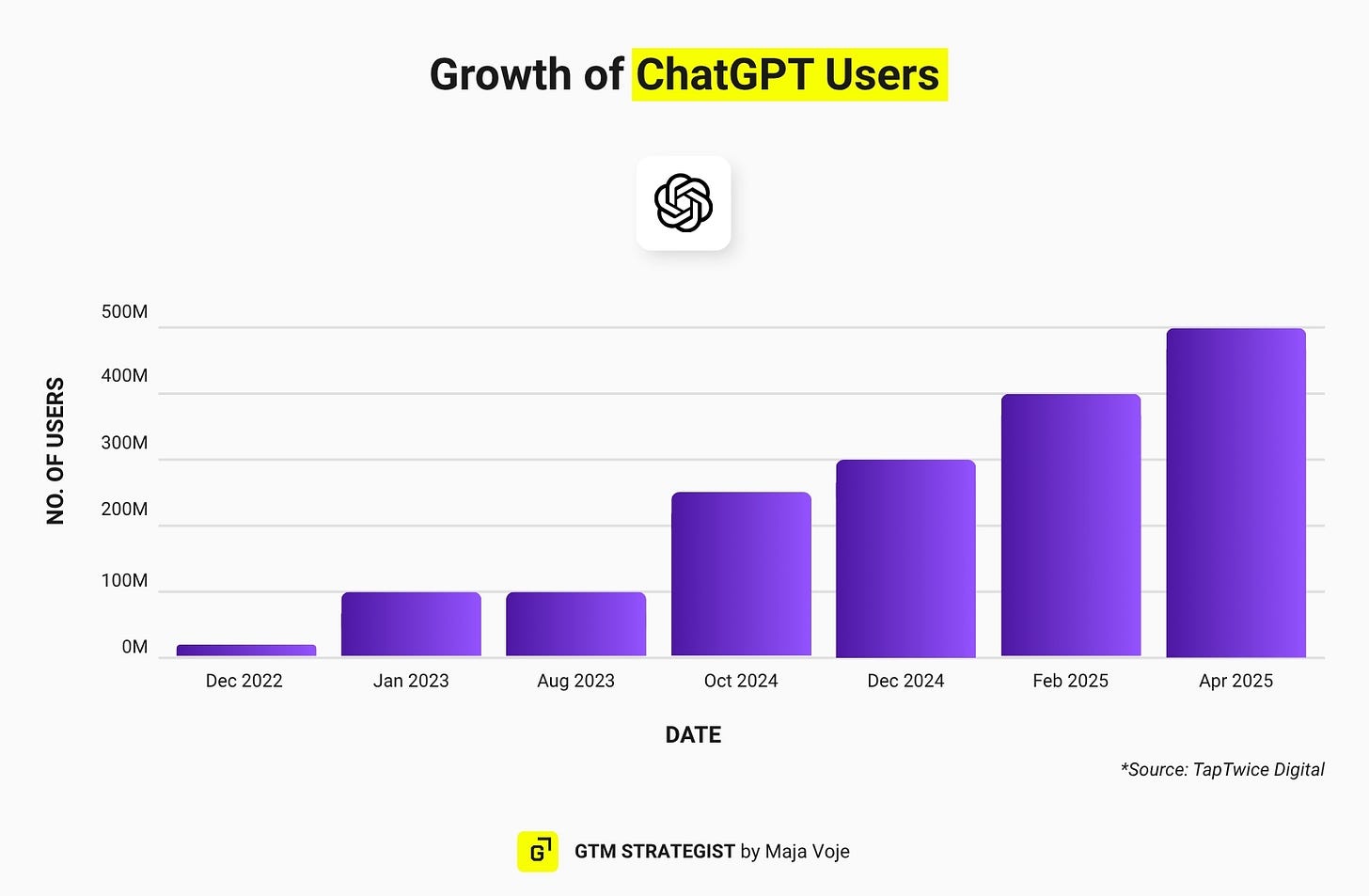
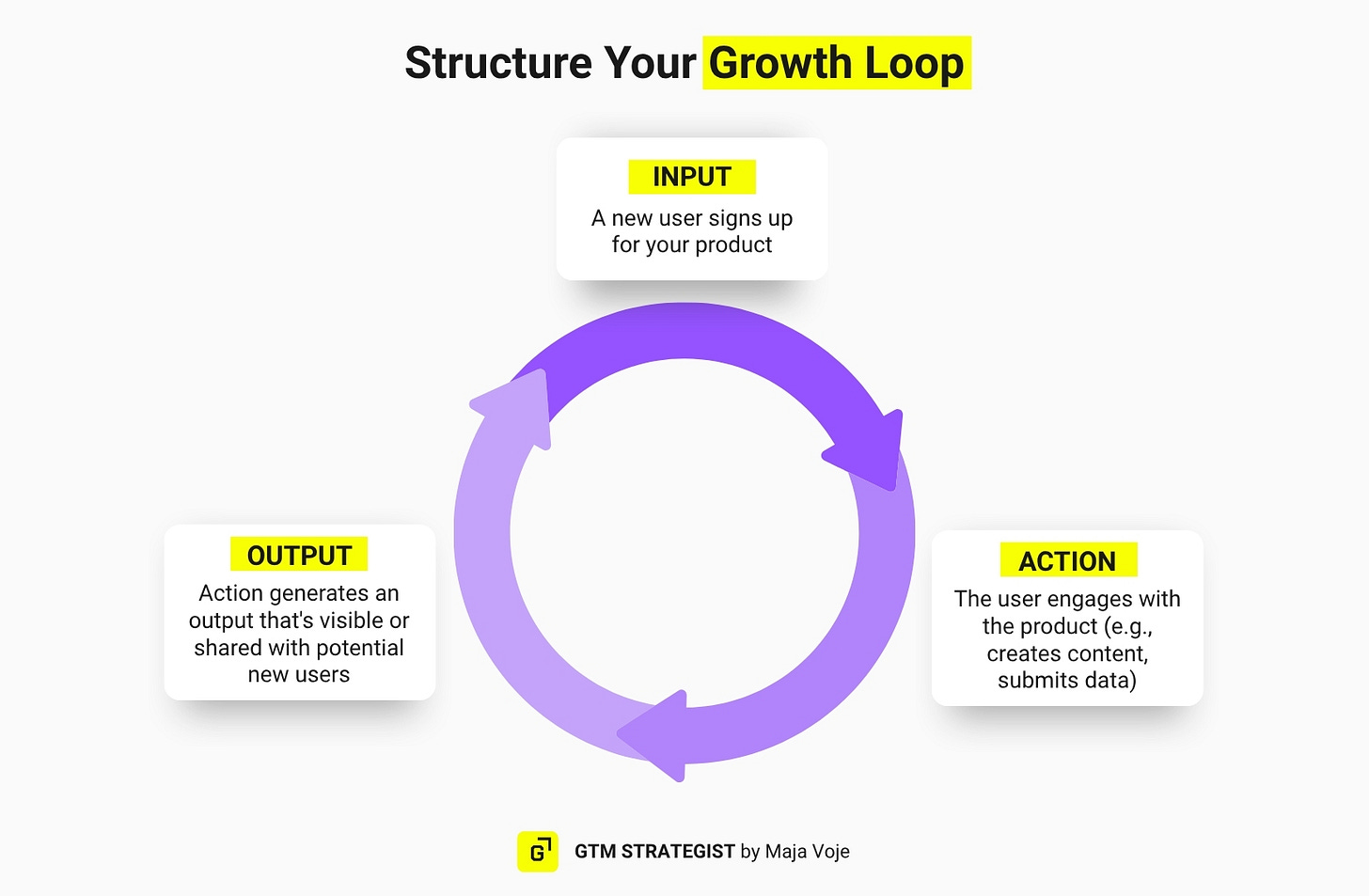
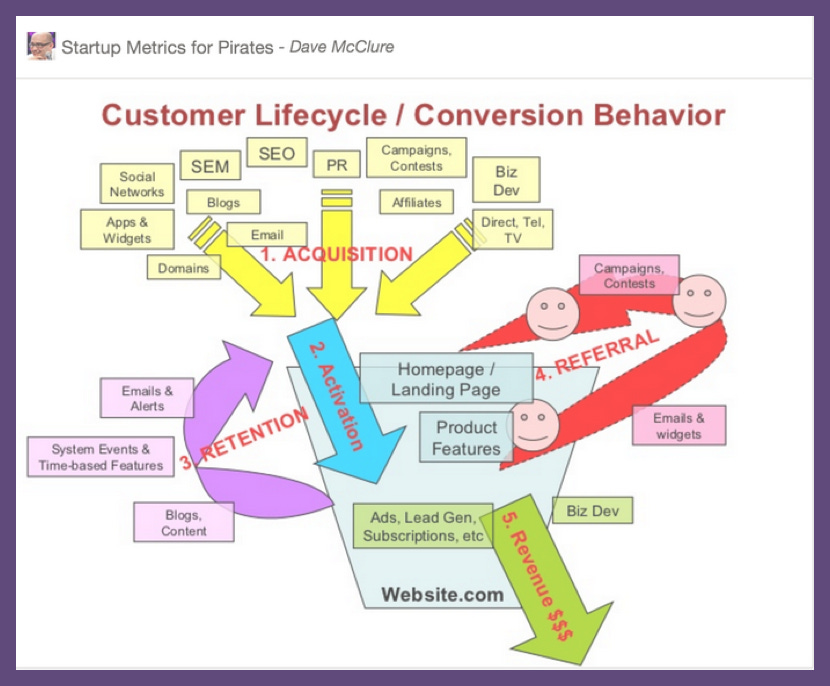
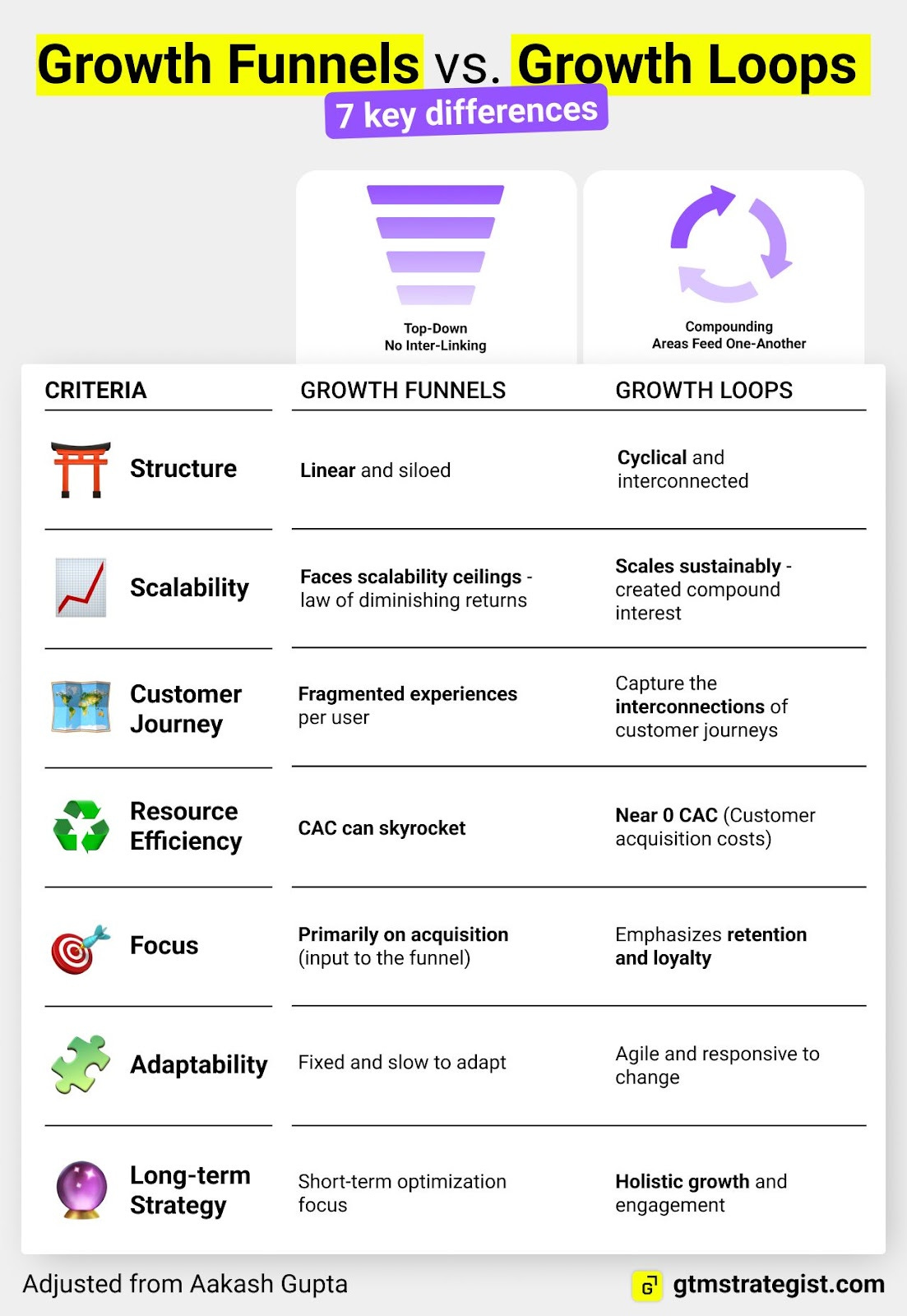
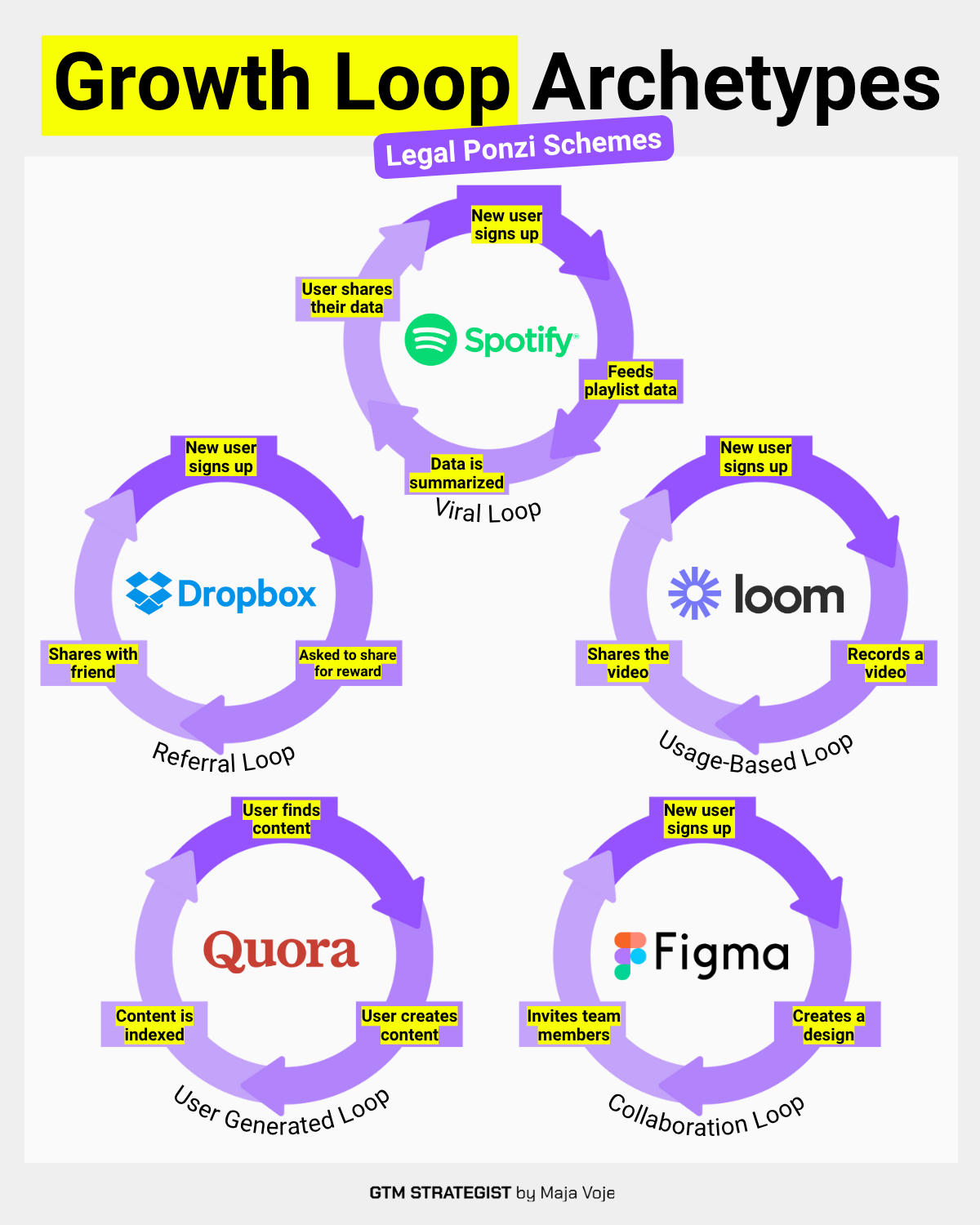
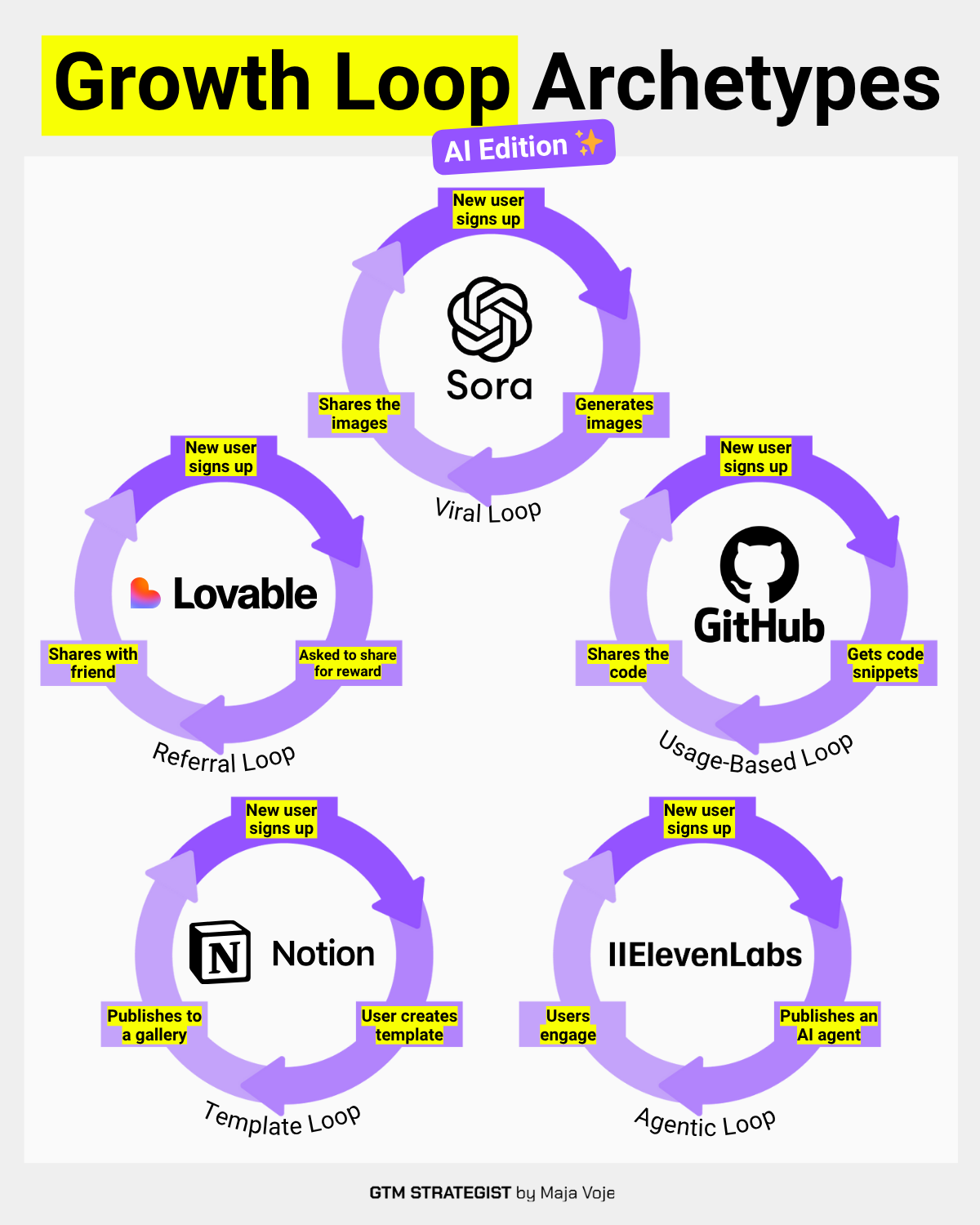
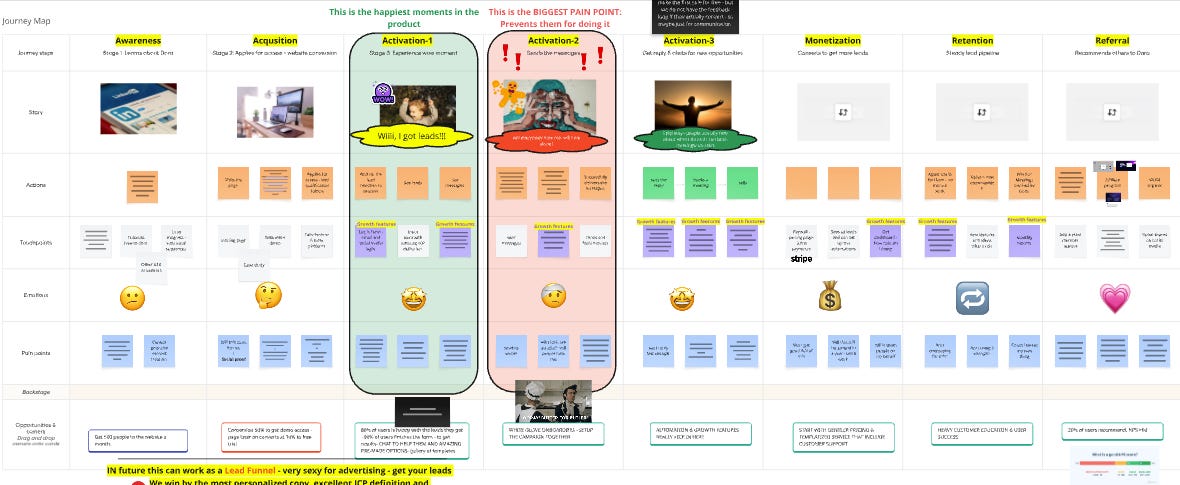
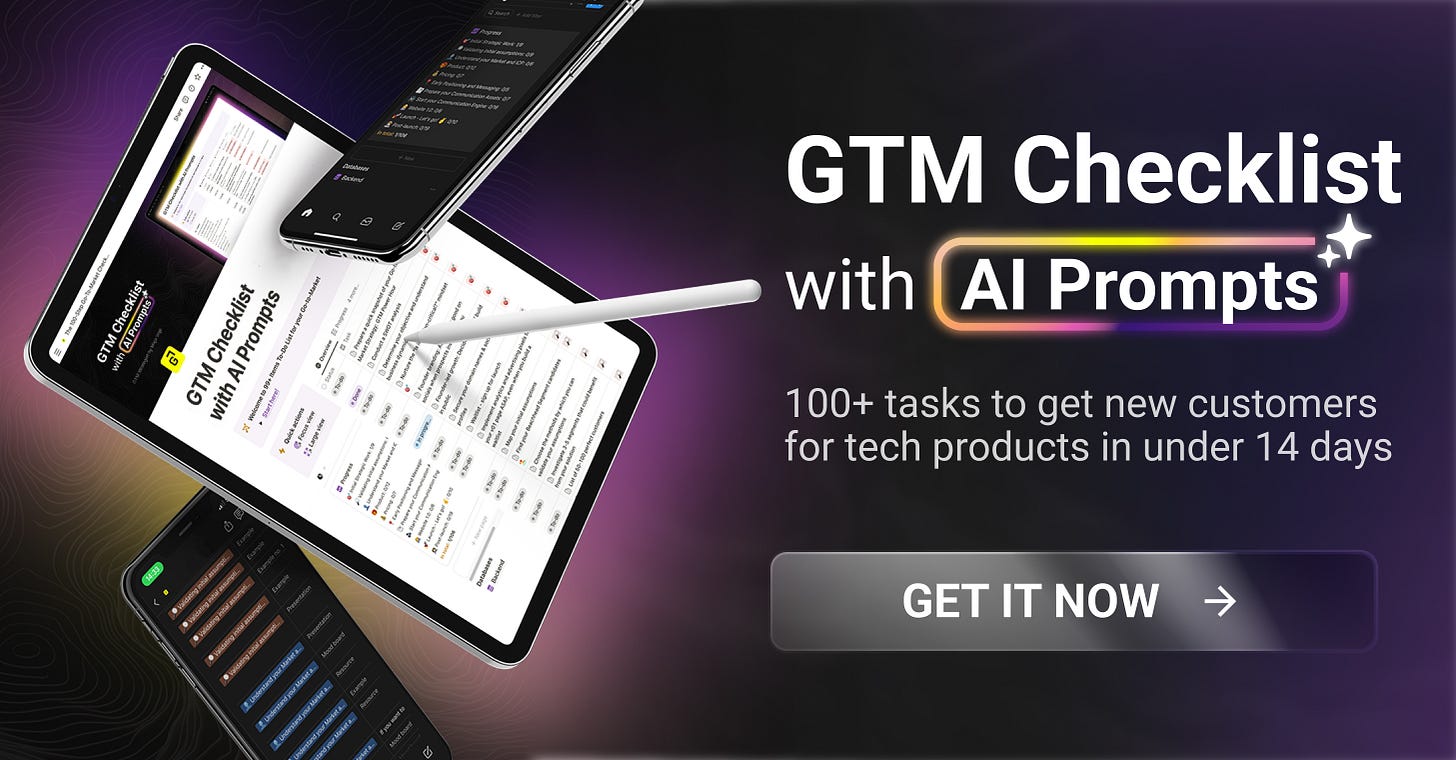
Great article and overview, Maja. Especially the break down of the 5 growth loops!
Maja, as always, an interesting article.Thanks